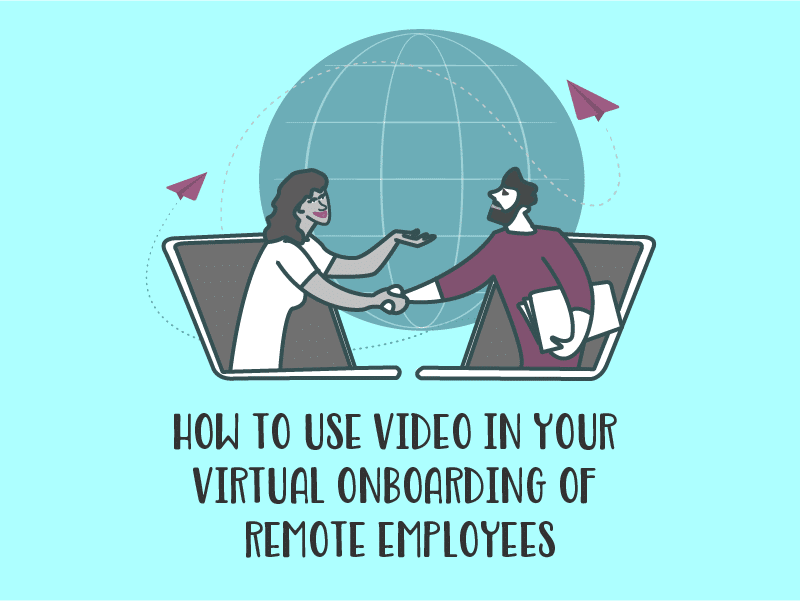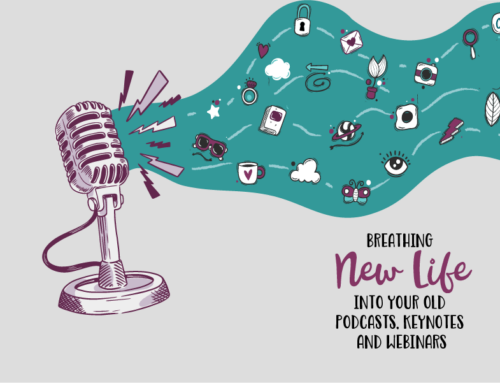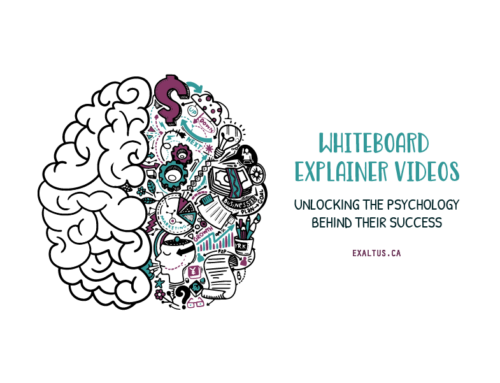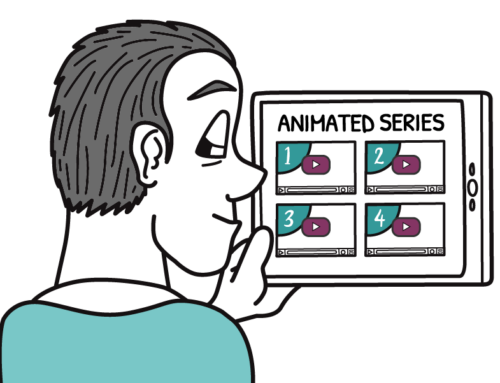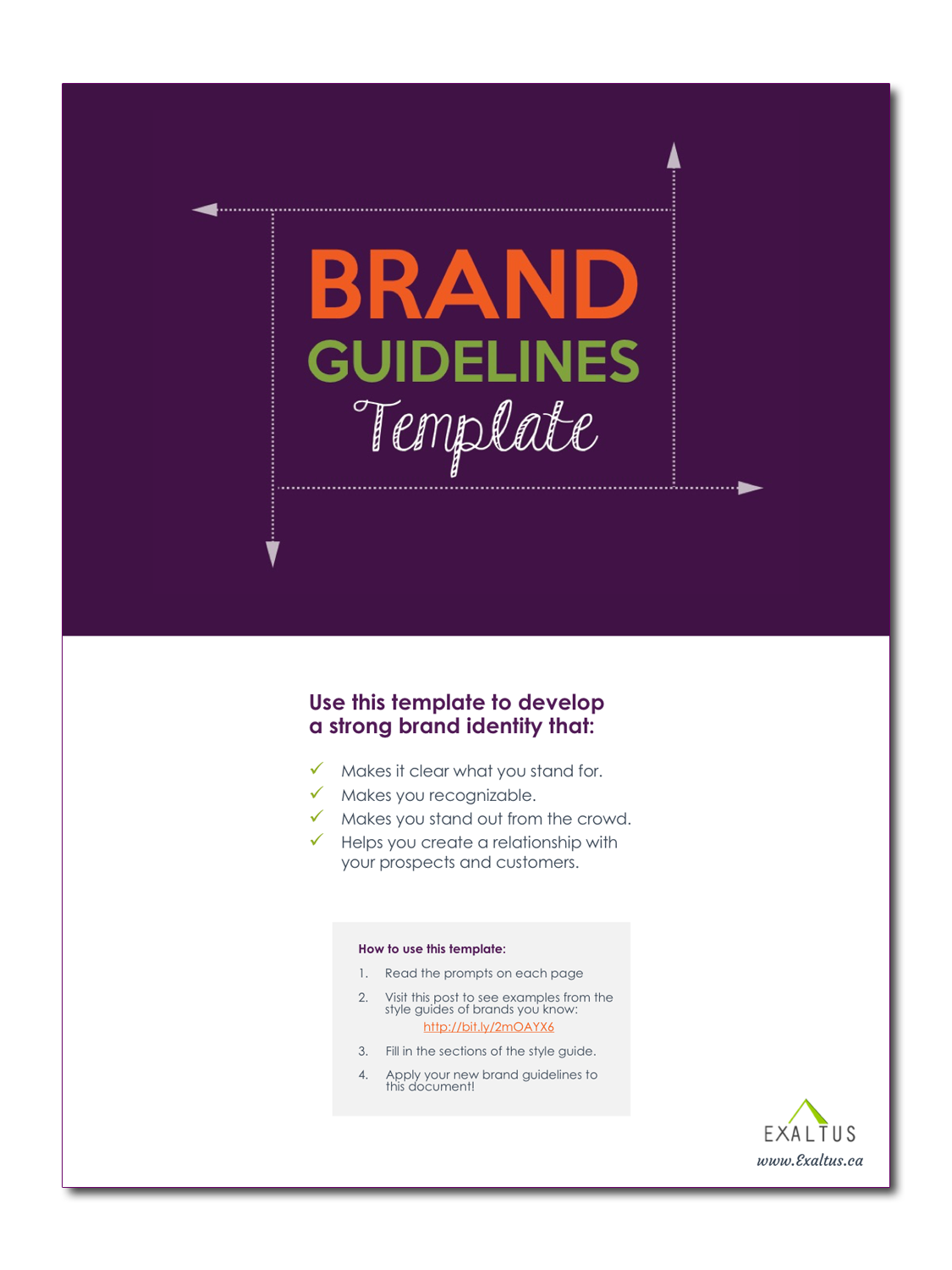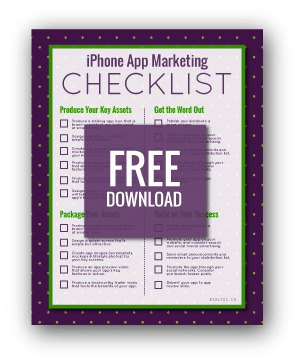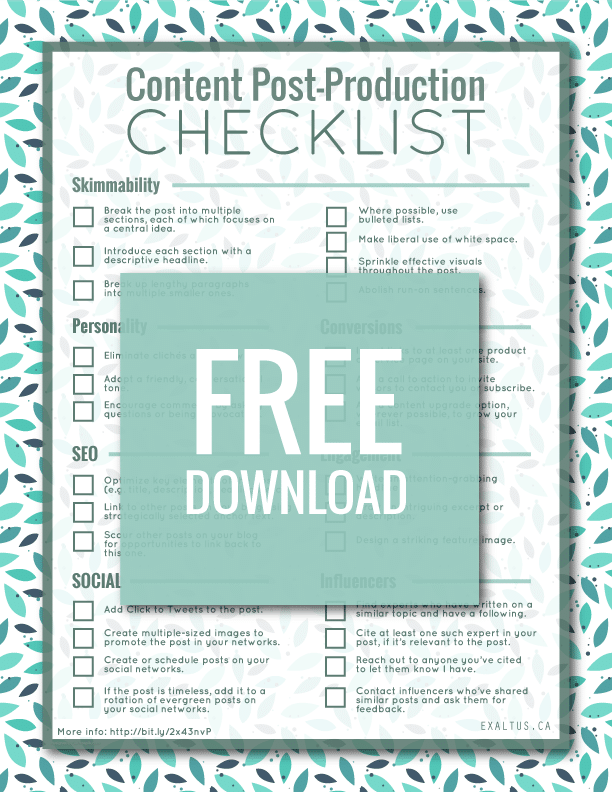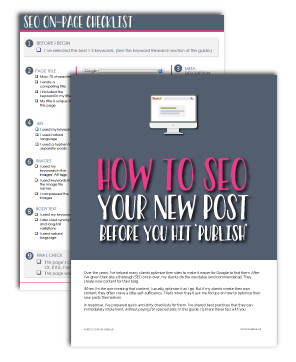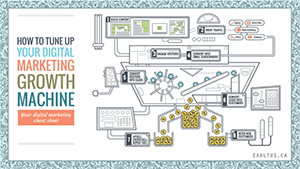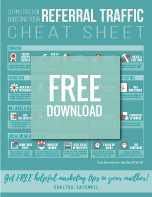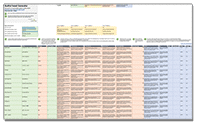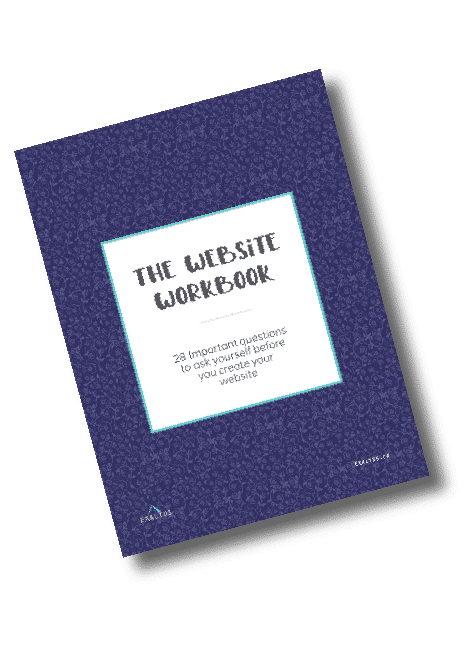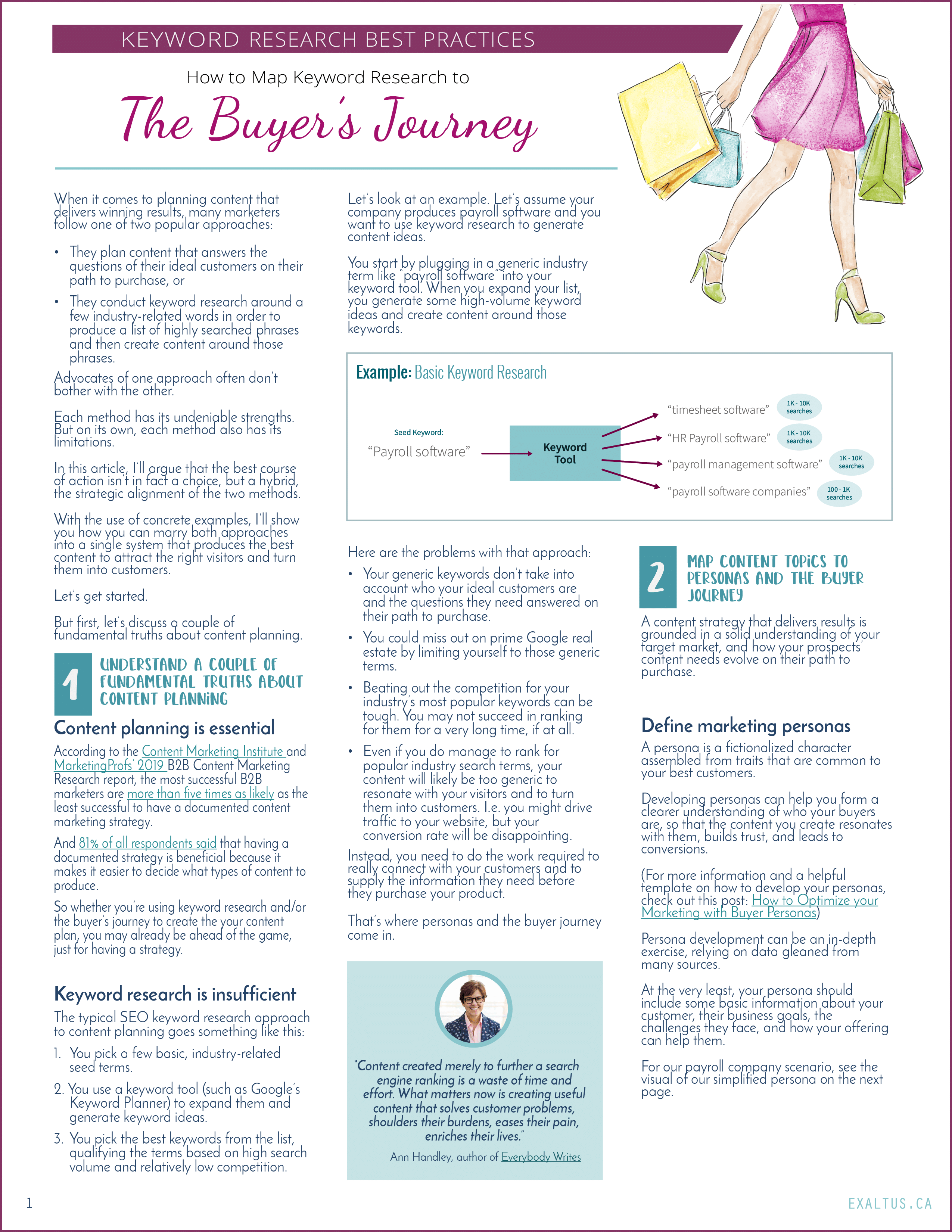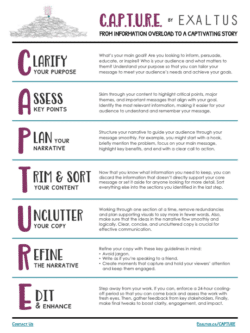Starting a new job can be overwhelming, at the best of times.
There are so many new faces and names to remember. So many new acronyms and procedures to become familiar with.
And if you’re new to the industry, that’s an added layer of complexity.
Hire’s Remorse
You’ve heard of buyer’s remorse? Your new hires are susceptible to their own version of it.
If they’ve left the stability and familiarity of another job, every moment of discomfort they feel now can fuel the fear that they’ve made a mistake, and make them feel vulnerable.
This uncertainty may explain why employee turnover can be as high as 50% in the first 18 months of employment.
And in a climate that is already fraught with mass resignations and talent scarcity, high employee turnover can be a serious and costly challenge.
The many benefits of an onboarding program
Effectively onboarding new hires can create an immediate feeling of connection and quickly validate their decision to join your company.
Research has shown that you could improve your new hire retention by as much as 82% by putting a strong onboarding process in place.
And the benefits don’t end there. An effective onboarding process can:
- Improve a new employee’s productivity by over 70 percent by bringing them up to speed quickly.
- Increase your revenue by a factor of 2.5
- Almost double your profit margin
The challenge of onboarding virtual employees
When everyone worked in a physical office space, employee onboarding could relatively straightforward:
- Walk the new hire through different departments so that they can get a sense of where each unit fits in the big picture.
- Schedule a few meetings with key stakeholders.
- Set up a few training sessions to familiarize the new employee with key procedures and tools.
- Have the new hire shadow current employees with more experience.
- Invite them to company events so that they can get a feel for the company culture.
Now that more and more is happening remotely, and that your employees might live across the country or even the globe, many of these tactics have become impractical and costly. You need an innovative approach.
Videos and online onboarding
In a virtual or hybrid work environment, a series of videos could be just what you need in order to onboard your new hires effectively.
That’s because onboarding videos are:
- Accessible online. Onboarding videos are accessible to anyone with Internet access, wherever they reside.
- Available on demand. Training videos are available 24/7 and as needed, regardless of the employee’s time zone.
- Engaging. Animated videos can reduce overwhelm by making your dry but essential information fun and engaging,
- Replayable. If your employees need a refresh, their training can be replayed at a moment’s notice.
Whiteboard videos for remote onboarding
Your onboarding video series can of course include a mix of animated and talking-head videos.
But keep in mind the research from University of Hertfordshire’s Professor Richard Wiseman, which shows that–compared to talking-head videos–whiteboard videos:
- Are rated as 33% more entertaining
- Deliver a 15% higher recall rate
- Are 66% more likely to be shared
Yes, the benefits of whiteboard videos are endless. If you need convincing, check out the eye-popping whiteboard animation statistics that resulted from a third-party study of our own videos.
Ten types of whiteboard animated videos to include in your virtual onboarding plan
There are many different types of videos you could include in your onboarding video series for remote employees. Here are ten examples of visual stories you can tell:
1
An origin story video
Share the story of how your company came to be, with all the events and any aha moments that led to its inception.
2
A company history video
Walk remote employees through the history of your company to share the major milestones that shaped your history.
3
A company values video
Share your company’s mission, values and company culture to give virtual employees a sense of belonging.
4
Explainer videos
Present your different products or services in a dynamic way with an explainer video.
5
A workflow video
Explain how all the different departments interact to serve your customers.
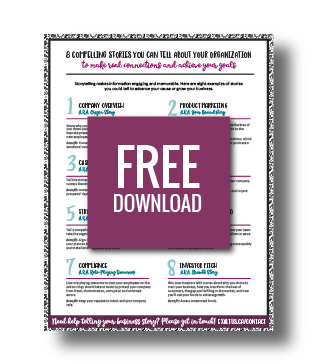
Create an emotional connection with your key stakeholders
Find out which eight organizational stories you can tell to emotionally connect with your key stakeholders, inspire them, and motivate them to act.
6
A department video
Describe the inner workings of your department and its principal procedures.
7
A systems overview
Describe the different systems your remote employees will be using and where they can find further information.
8
A compliance video
Ensure that remote employees know exactly what is expected of them and how to avoid legal breaches.
9
Customer profile videos
Use video case studies to help virtual employees understand who your customers are and how you help them meet their objectives.
10
Strategic overview video
Share the company’s long-term vision for the future.
Best practices for your remote onboarding video series
Here are a few important tips to make your virtual onboarding process a success:
- Create an onboarding plan with timelines, to make sure that your remote employees cover all the essentials in a timely way.
- Create a certificate of completion as a rite of passage to give virtual employees a sense of achievement when they’ve completed the series.
- Put information that is less likely to change in your videos, and let your employees know where they can reference the latest, most up-to-date resources.
- Build quizzes into the virtual onboarding process to give virtual employees the opportunity to test their knowledge and cement their understanding.
- Build personal interaction into your virtual onboarding by incorporating games that require employees to collect information from colleagues.
- Collect feedback on your virtual onboarding process and continually work to improve it.
Over to you
I hope you’ve found this post helpful for the virtual onboarding of remote employees.
If you’re interested in producing your own onboarding videos, we can help. Please contact Exaltus for a personalized quote, and be sure to check out more of the whiteboard animation examples in our portfolio.

